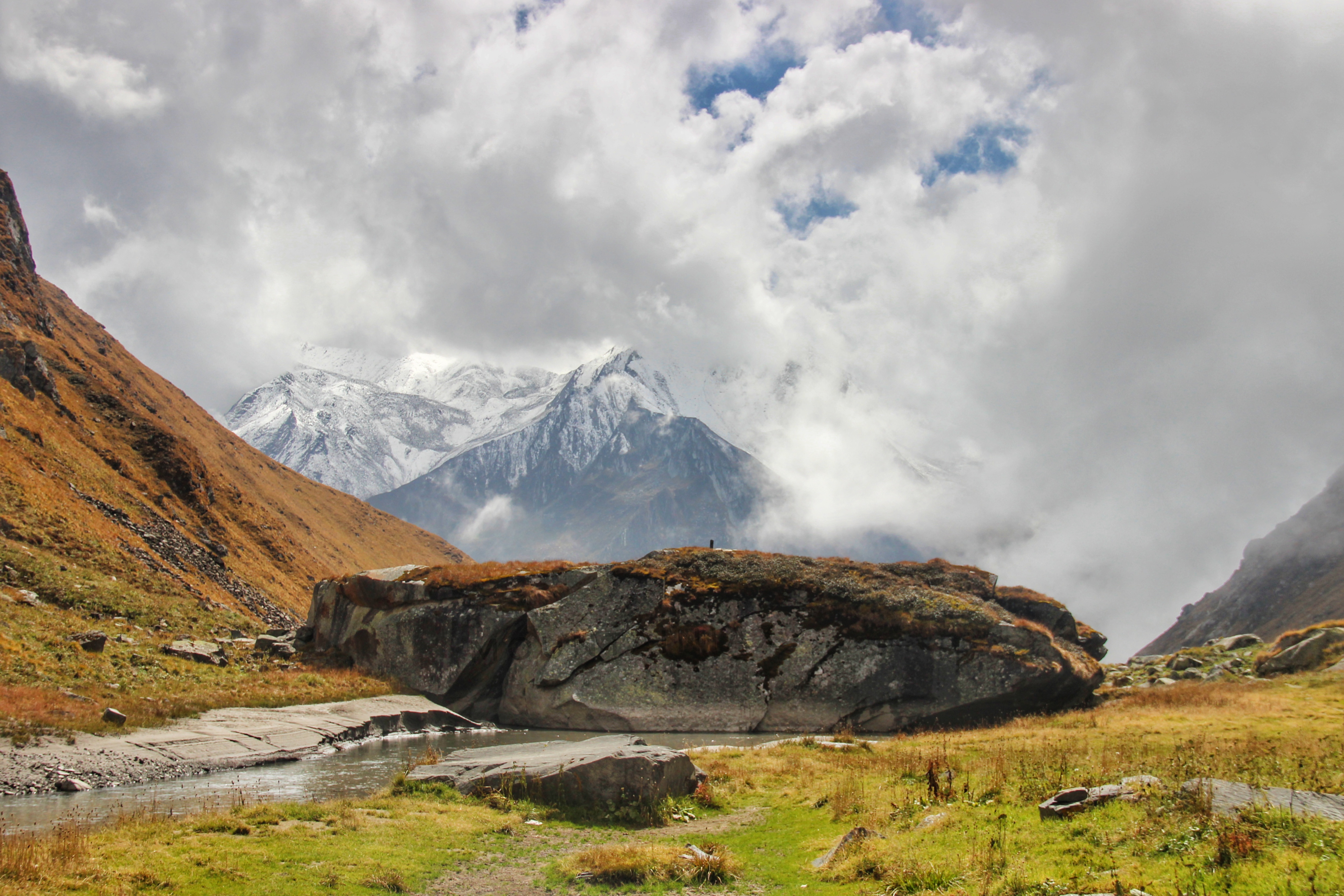Har Ki Dun and the Legend of the Pandavas’ Swargarohini Journey

Strong 8k brings an ultra-HD IPTV experience to your living room and your pocket.
Nestled in the remote valleys of the Garhwal Himalayas, Har Ki Dun Trek is one of India’s most picturesque trekking destinations. Blessed with lush meadows, snow-capped peaks, and a serene environment, this valley offers not only breathtaking natural beauty but also a rich mythological history. It is said that this very region holds a deep connection to the legendary Pandavas from the epic Mahabharata, as they embarked on their final journey to Swargarohini—the path to heaven. This blog delves into the mystical allure of Har Ki Dun, unraveling the tales of devotion, penance, and the ultimate journey to salvation.
The Mystical Valley of Har Ki Dun Har Ki Dun Trek, translating to "Valley of Gods," is situated at an altitude of approximately 3,566 meters in the Uttarkashi district of Uttarakhand. Surrounded by majestic peaks and dense forests, the valley is accessible via a scenic trek from the village of Sankri. This trek offers an enchanting experience, with breathtaking views of the Swargarohini range, which is closely linked to the Pandavas’ legendary ascent to the heavens.
Apart from its religious and mythological significance, the valley is home to diverse flora and fauna, including Himalayan black bears, langurs, and vibrant alpine flowers. The rustic villages along the way, such as Osla and Seema, still uphold ancient traditions and folklore passed down through generations, making the journey even more intriguing.
The Legend of the Pandavas’ Final Journey The Mahabharata narrates that after ruling Hastinapur for many years, the Pandavas—Yudhishthira, Bhima, Arjuna, Nakula, and Sahadeva—renounced their kingdom and set out on their final journey toward heaven, known as the *Mahaprasthanika Parva*. Accompanied by their faithful dog, they walked across the vast lands of Bharata, eventually reaching the Garhwal Himalayas.
Their path led them through Har Ki Dun, a sacred route believed to be the gateway to their divine ascent. As they trekked towards Swargarohini, they faced numerous trials, testing their virtues and devotion. One by one, the Pandavas fell along the way due to their earthly attachments and flaws, with only Yudhishthira and the dog continuing to the peak of Swargarohini.
The Symbolism of Their Journey Each fall of a Pandava represents a moral lesson:
- **Draupadi**, the first to collapse, was believed to have been affected by favoritism toward Arjuna.
- **Sahadeva** fell due to his pride in his wisdom.
- **Nakula**, known for his beauty, succumbed due to his vanity.
- **Arjuna**, despite being the greatest warrior, fell because of his arrogance.
- **Bhima**, the strongest among them, perished due to his gluttony and pride.
Only **Yudhishthira**, who upheld truth and righteousness, remained standing. His unwavering commitment to dharma granted him entry into heaven while still in his mortal form. The dog, later revealed to be an incarnation of Dharma (the god of righteousness), symbolized his loyalty and purity.
Swargarohini: The Stairway to Heaven Swargarohini, a stunning massif of peaks, is revered in Hindu mythology as the divine gateway to heaven. Unlike other mountain peaks, Swargarohini holds a mystical charm, with its snow-covered ridges and ethereal beauty said to resemble a staircase leading directly to the celestial realm.
Many believe that the towering peaks of Swargarohini are where Yudhishthira ascended to heaven, making it one of the most spiritually significant locations in the Himalayas. Even today, trekkers and pilgrims experience an overwhelming sense of awe and reverence when they witness its grandeur, standing as an eternal testament to the Pandavas’ journey of sacrifice and enlightenment.
The Spiritual Significance of Har Ki Dun Trek For modern-day trekkers, the journey to Har Ki Dun is more than just a physical adventure—it is a spiritual awakening. Walking the same path as the Pandavas, surrounded by nature’s magnificence, brings a sense of humility and introspection.
The trek itself is moderately challenging but rewarding, featuring:
- **Sacred Rivers**: The Rupin and Supin rivers merge near Osla, eventually forming the Tons River, which is considered holy.
- **Ancient Temples**: The Someshwar Temple in Osla, dedicated to Lord Shiva, is believed to have been built by the Pandavas.
- **Mythical Landscapes**: The valley’s pristine environment is said to echo with the whispers of the past, carrying the divine energy of those who walked before.
A Journey Beyond Time
Har Ki Dun is not just a trek; it is a passage through time, mythology, and self-discovery. The legend of the Pandavas and their final journey to Swargarohini infuses this trek with an air of divinity and reverence. Whether one seeks adventure, history, or spiritual enlightenment, Har Ki Dun offers an experience that transcends the ordinary.
For those who venture into this sacred valley, the journey mirrors the essence of life itself—filled with challenges, beauty, and the quest for something greater than oneself. And perhaps, as the Pandavas did, every traveler who walks this path takes a step closer to their own form of enlightenment.
Note: IndiBlogHub features both user-submitted and editorial content. We do not verify third-party contributions. Read our Disclaimer and Privacy Policyfor details.


